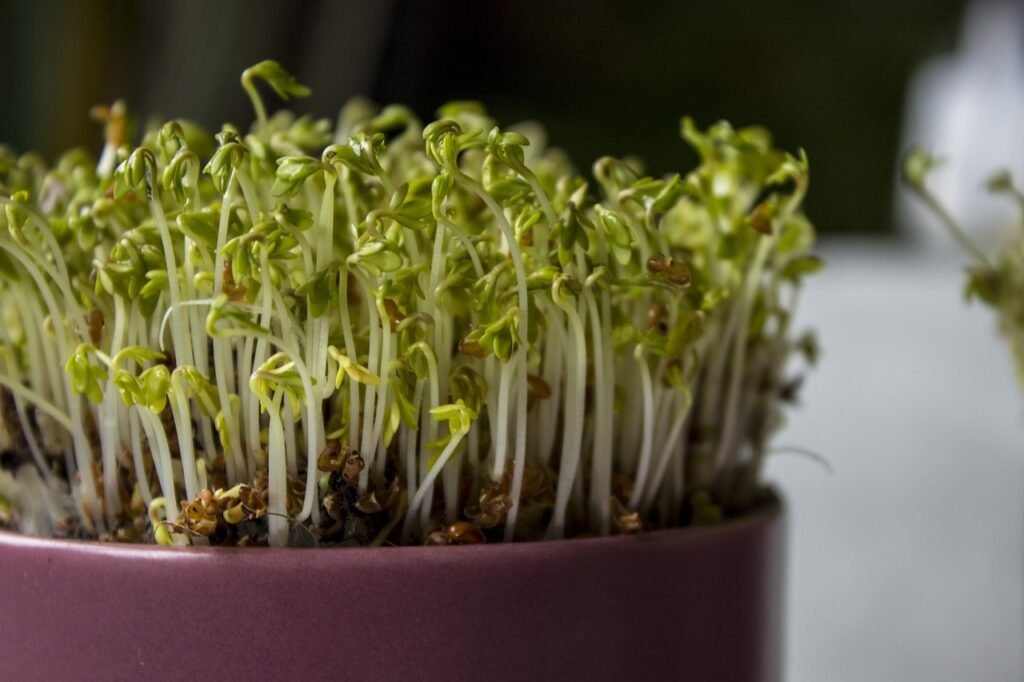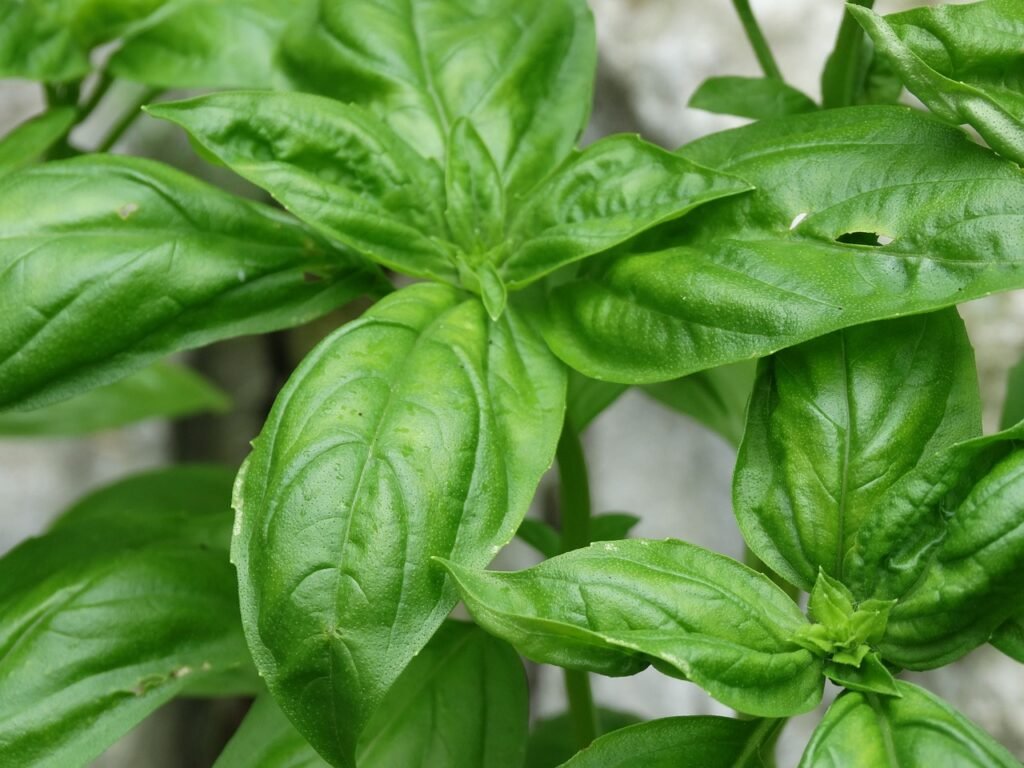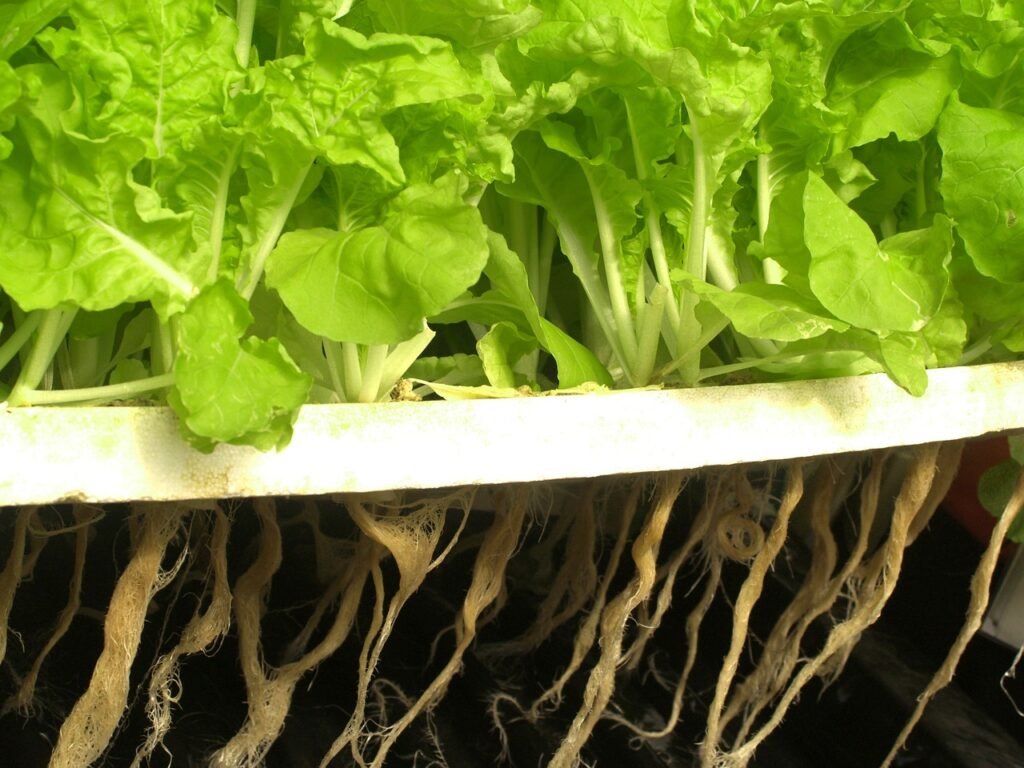Indoor gardening offers a unique opportunity to grow your own vegetables year-round, regardless of the climate outside. This approach not only ensures a constant supply of fresh produce but also allows you to control growing conditions, leading to healthier and more robust plants. In this comprehensive guide, we will explore the essentials of indoor vegetable gardening, from planning your space to harvesting your crops.
Some of the links on this website may be affiliate links. If you purchase a product or service through these links, I may earn a small commission at no extra cost to you. I only recommend products or services that I have personally used and believe will add value to my readers. Thank you for your support!
Understanding Indoor Gardening
Indoor gardening refers to the cultivation of plants within a controlled environment inside your home. This method differs from outdoor gardening in several ways, including the need for artificial lighting and controlled climate conditions. Vegetables such as lettuce, spinach, herbs, tomatoes, and peppers are particularly well-suited for indoor growth due to their manageable size and growth requirements.
Planning Your Indoor Garden
Assessing Space and Light Availability
The first step in indoor gardening is assessing the space and light available in your home. Suitable areas include windowsills, balconies, and dedicated grow rooms. Light is a crucial factor for plant growth, so spaces with ample natural light are ideal. However, if natural light is insufficient, you can supplement it with artificial lighting.
Choosing the Right Containers
Selecting appropriate containers is vital for indoor gardening success. Options range from traditional pots and planters to advanced hydroponic systems. When choosing containers, consider size, drainage, and material. Containers should be large enough to accommodate the root systems of your chosen plants and have adequate drainage to prevent waterlogging.

Lighting for Indoor Vegetables
Natural vs. Artificial Lighting
Light is essential for photosynthesis, the process by which plants convert light into energy. While natural light from windows can be beneficial, it may not always be sufficient. Artificial lighting can provide the necessary light spectrum and intensity for optimal plant growth.
Types of Artificial Lights
- Fluorescent Lights: Affordable and energy-efficient, ideal for leafy greens.
- LED Grow Lights: Long-lasting, energy-efficient, and customizable light spectrum, suitable for a wide range of vegetables.
- High-Intensity Discharge (HID) Lights: Provide intense light, ideal for fruiting vegetables but consume more energy.
Setting Up a Lighting Schedule
Plants generally need 12-16 hours of light per day. Use timers to maintain a consistent lighting schedule, ensuring plants receive the right amount of light. Position lights close to plants without causing heat damage, adjusting as plants grow.
Soil and Growing Mediums
Choosing the Right Soil
Indoor gardening requires well-draining soil to prevent root rot. Use a high-quality potting mix designed for container gardening. Such mixes are lightweight and contain organic matter to retain moisture and nutrients.

Alternative Growing Mediums
In addition to soil, several alternative growing mediums can be used in indoor gardening, particularly in hydroponic systems. These mediums support plant roots and retain moisture without the need for traditional soil.
Soil Preparation and Maintenance
Sterilize soil before use to eliminate pests and diseases. Regularly add organic matter, such as compost, to maintain soil fertility. Fertilize according to plant needs, using organic or synthetic fertilizers as preferred.
Hydroponics: An Innovative Approach
Hydroponics is a soilless growing method where plants receive nutrients directly from a water-based solution. This method offers numerous benefits, including faster plant growth, higher yields, and efficient use of space and water. Hydroponics can be adapted to various scales, from small home setups to large commercial systems.
Types of Hydroponic Systems
- Nutrient Film Technique (NFT): Plants are placed in a channel where a thin film of nutrient solution continuously flows over the roots.
- Deep Water Culture (DWC): Plant roots are suspended in a nutrient-rich water solution, with an air pump providing oxygen.
- Wick System: A passive system where a wick draws nutrient solution from a reservoir to the plant roots.
- Ebb and Flow (Flood and Drain): Plants are periodically flooded with nutrient solution, which then drains back into a reservoir.
- Drip System: Nutrient solution is dripped onto the base of each plant at regular intervals.
- Aeroponics: Plant roots are suspended in the air and misted with a nutrient solution.

Advantages of Hydroponics
- Space Efficiency: Hydroponic systems can be stacked vertically, making them ideal for small spaces.
- Water Efficiency: Hydroponics uses up to 90% less water than traditional soil gardening.
- Faster Growth: Plants can grow up to 25% faster in hydroponic systems due to optimal nutrient and oxygen delivery.
- Pest and Disease Control: The controlled environment reduces the risk of soil-borne pests and diseases.
Product Link On Amazon: Hydroponic Garden
Setting Up a Hydroponic System
- Choose a System: Select the hydroponic system that best fits your space and needs.
- Gather Supplies: You’ll need a reservoir, nutrient solution, growing medium (e.g., rockwool, clay pellets), air pump (for DWC), and grow lights.
- Assemble the System: Follow manufacturer instructions to set up your chosen system.
- Prepare the Nutrient Solution: Mix the nutrient solution according to the instructions, ensuring the correct pH and nutrient levels.
- Plant Your Vegetables: Place seedlings or seeds in the growing medium and position them in the hydroponic system.
- Monitor and Maintain: Regularly check the nutrient solution, pH levels, and plant health. Adjust as necessary to ensure optimal growth conditions.
Watering and Humidity Control
Proper Watering Techniques
In traditional soil gardening, watering is crucial for plant health. Overwatering can lead to root rot, while underwatering can stress plants. Water plants thoroughly when the top inch of soil feels dry. Use methods like bottom watering or drip irrigation to ensure even moisture distribution.
Managing Humidity Levels
Different vegetables require different humidity levels. Use a hygrometer to monitor humidity and maintain levels between 40-60%. Increase humidity with a humidifier or by placing trays of water near plants. Reduce humidity with fans or dehumidifiers if necessary.
Temperature and Air Circulation
Optimal Temperature Ranges
Most vegetables thrive in temperatures between 65-75°F (18-24°C). Use a thermostat to monitor and maintain consistent temperatures. Protect plants from drafts and sudden temperature changes.
Importance of Air Circulation
Good air circulation prevents mold, mildew, and pests. Use fans to ensure gentle air movement around plants, which also helps in strengthening stems and promoting healthy growth.
Selecting Vegetables for Indoor Growth
Easiest Vegetables to Grow Indoors
- Leafy Greens: Lettuce, spinach, and kale are fast-growing and require minimal space.
- Herbs: Basil, parsley, and mint are easy to grow and useful in cooking.
- Root Vegetables: Carrots and radishes can be grown in deeper containers.
- Fruiting Vegetables: Tomatoes, peppers, and cucumbers need more light and space but can thrive indoors.

Detailed Growing Requirements
Each vegetable has specific light, water, and nutrient needs. Research and adhere to these requirements to ensure healthy growth and abundant harvests.
Planting and Care
Seed Starting vs. Buying Seedlings
Starting from seeds allows for a greater variety and is cost-effective but requires more time and care. Buying seedlings is convenient and saves time, though it may limit variety.
Transplanting Seedlings
Transplant seedlings when they have a few sets of true leaves. Handle gently to avoid damaging roots. Plant at the same depth as they were in their starter pots.
Ongoing Care and Maintenance
Regularly prune and thin plants to promote airflow and prevent overcrowding. Support taller plants with stakes or trellises to ensure they grow upright.
Fertilization and Nutrient Management
Understanding Plant Nutrition
Plants require essential nutrients, including nitrogen (N), phosphorus (P), and potassium (K). These nutrients support various growth stages, from leaf development to fruiting.
Choosing and Applying Fertilizers
Organic fertilizers, such as compost and worm castings, provide slow-release nutrients. Synthetic fertilizers offer immediate nutrient availability. Follow package instructions for application rates and frequency.
Signs of Nutrient Deficiencies
Yellowing leaves, stunted growth, and poor fruit development can indicate nutrient deficiencies. Adjust fertilization and soil conditions as needed to address these issues. [Read More]
Pest and Disease Management
Common Indoor Plant Pests
Pests like aphids, spider mites, and fungus gnats can affect indoor plants. Identify pests early and use organic or chemical controls as needed.
Disease Prevention and Treatment
Maintain cleanliness to prevent diseases. Remove diseased plants promptly to avoid spreading. Use appropriate fungicides or bactericides for treatment.
Integrated Pest Management (IPM) Strategies
Employ cultural, mechanical, biological, and chemical controls to manage pests and diseases. Encourage beneficial insects, use traps, and apply pesticides judiciously.
Harvesting and Storage
Signs of Readiness for Harvest
Vegetables are ready to harvest when they reach their full size and color. Leafy greens can be harvested continuously by cutting outer leaves.
Harvesting Techniques
Use clean, sharp tools to harvest vegetables to avoid damaging plants. Harvest root vegetables by gently pulling or digging them out.

Storing and Preserving Your Harvest
Store vegetables in cool, dry conditions to prolong freshness. Use methods like freezing, drying, or canning for long-term preservation.
Troubleshooting Common Problems
Identifying and Addressing Common Issues
Monitor plants regularly for signs of stress or disease. Common issues include yellowing leaves, stunted growth, and lack of fruiting. Identify the cause and adjust light, water, or nutrient levels accordingly.
Solutions and Preventive Measures
Implement preventive measures, such as rotating crops, maintaining cleanliness, and using quality soil. Address problems promptly to prevent them from worsening.
Indoor vegetable gardening is a rewarding endeavor that offers numerous benefits, from fresh produce to improved mental well-being. By following the guidelines outlined in this article, you can create a thriving indoor garden that provides a steady supply of vegetables year-round. Whether you’re a seasoned gardener or a beginner, the joy of growing your own food indoors is an experience worth pursuing. Happy gardening!

